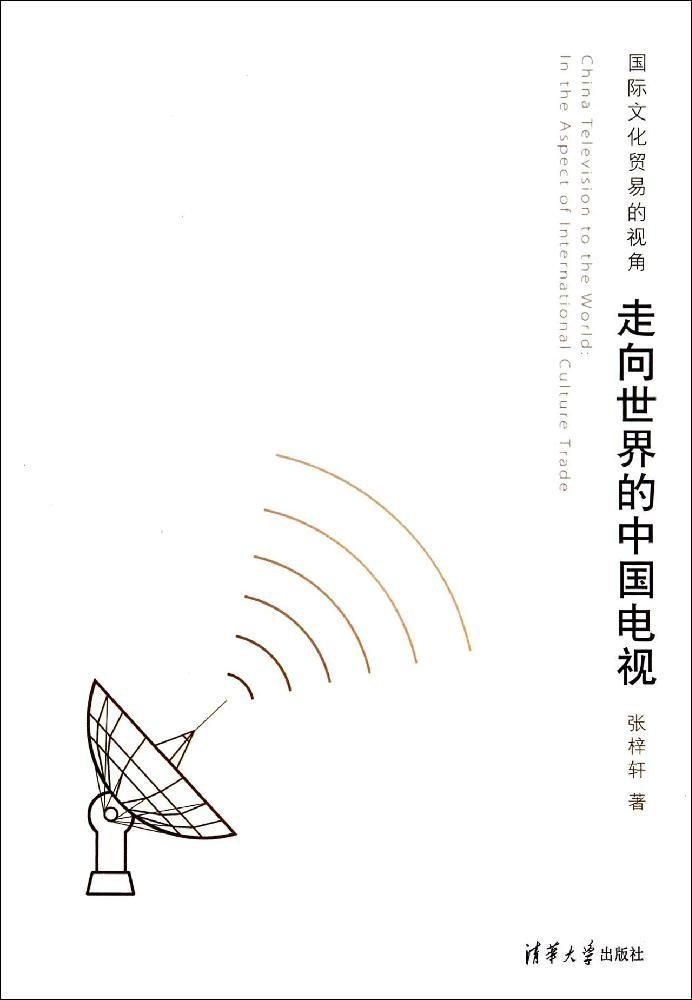Examining the spread of Chinese culture

China Television to the World: In the Aspect of International Cultural Trade
Author: Zhang Zixuan
Publisher: Tsinghua University Press
From newspapers to film, television and the Internet, almost all media is run according to market logic. The international spread of culture has become an economic phenomenon. In this context, China Television to the World: In the Aspect of International Cultural Trade adopts principles in international economics, with a particular focus on Chinese TV series, to seek new ideas that will facilitate the international spread of Chinese culture. It is the first detailed exploration of the topic of exporting Chinese dramas from three perspectives: marketing channels, export structures and the trade base.
Most of the current cultural trade theories in China have been formulated based on the successful cultural dissemination of Western countries. In this book, Zhang comes up with evolutionary ideas based on China’s domestic conditions. International communication involves the disseminating party at home and the receiving party abroad. Zhang’s investigation covers both these parties and offers new perspectives on economics and trade, but does not neglect the cultural aspects.
Zhang collected massive amounts of information from the management departments in charge of cultural products for export and presented a broad historical description of the export of cultural products from China. For specific cases, she obtained primary data from the key institutions for cultural exports and conducted in-depth investigations of the TV stations in border provinces. In addition, Zhang attended domestic and international television trade fairs and made long-term observations on the production processes of those TV products that are most successful in the global market.
Though the author thinks from commercial aspects, she did not fail to bring her discussion back to the cultural level. Because cultural products have richer connotations than consumer products, they carry unique meanings. In other words, producing cultural products is in a sense producing meaning. Therefore, it would be naïve to only explain dissemination from an economic perspective and not touch upon the meanings of cultural products.
When we look at the majority of Chinese programs that become internationally successful, one of the biggest problems is that in these programs, the parts that bear the most distinctive Chinese cultural concepts and value systems are discarded in order to cater to the international market. These cultural products are left with only a thin veneer of Chinese characteristics. Therefore, it is not sufficient to promote the dissemination of cultural products simply by following commercial law. Otherwise the cultural connotations will inevitably adapt to what is considered suitable to modern Western tastes, and China would further lose its cultural influence in the international community.
Therefore, in today’s world, where cultural dissemination can only be achieved by abiding by market logic, questions like “how to maintain cultural essence in export products” and “how to keep the creating capabilities based on national cultural heritage” are worth answering. Zhang raises these questions at the end of her book and provides valuable insight.
